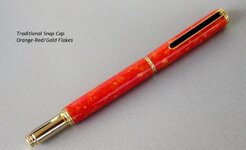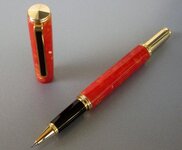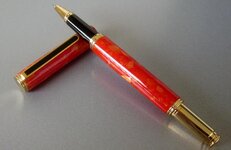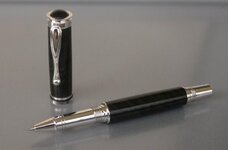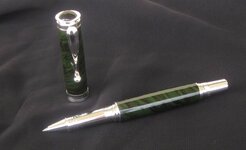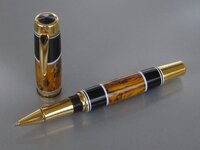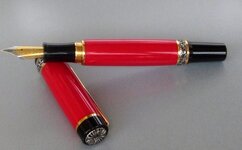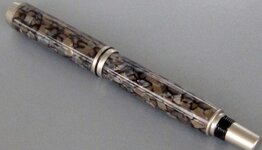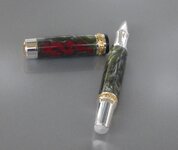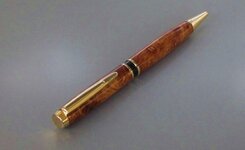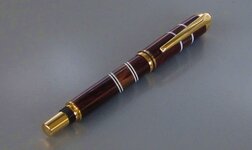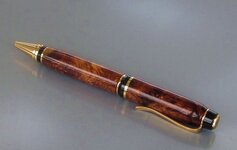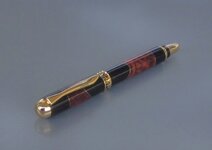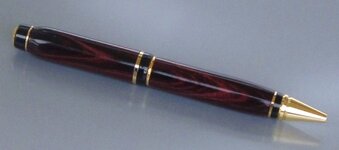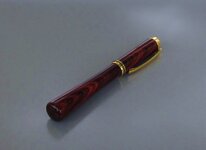The best thing you can do is bracket your exposures for color and exposure to find the correct settings. But working outside you have the downfall of having to redo this process every time you set up since the lighting changes from day to day and the time of day affects things as well. You'll probably want to look for a particular time of day and similar weather conditions each session for consistency of outside photos.
Here's an example of what I'm talking about for bracketing from last year when I was figuring out the correct settings for my DIY photo tent.
<note: Click on photos for larger version>
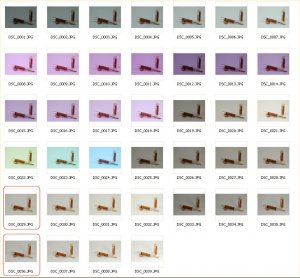
Then once you have the settings for white level and exposure figured out, you can get pretty consistent results. This is what I ended up with from the tests above, that made the pen show up the most realistically, but the white background took on a grayish appearance (this is without photo editing afterwards to help).
Then notice how much brighter the pen looks when I switched to a gray background so the camera wasn't working so hard to convert everything 18% gray as studioso mentioned above. Lighting for both photos was the same.
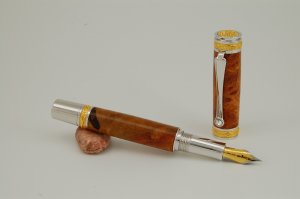
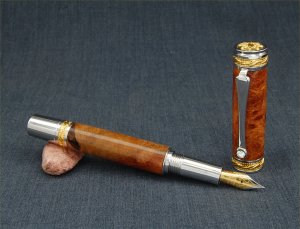
I hope this helps you visualize how the background makes a big difference. Good luck and lets see some more of what you come up with!

